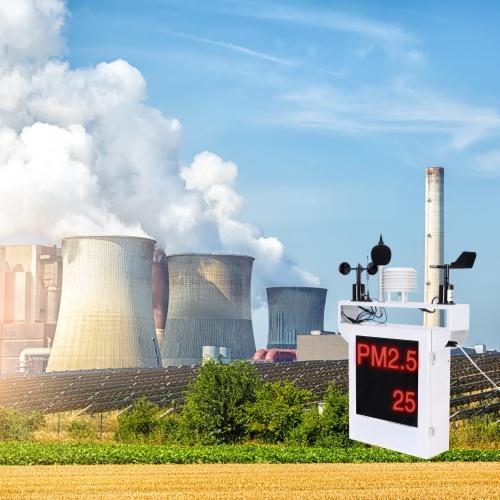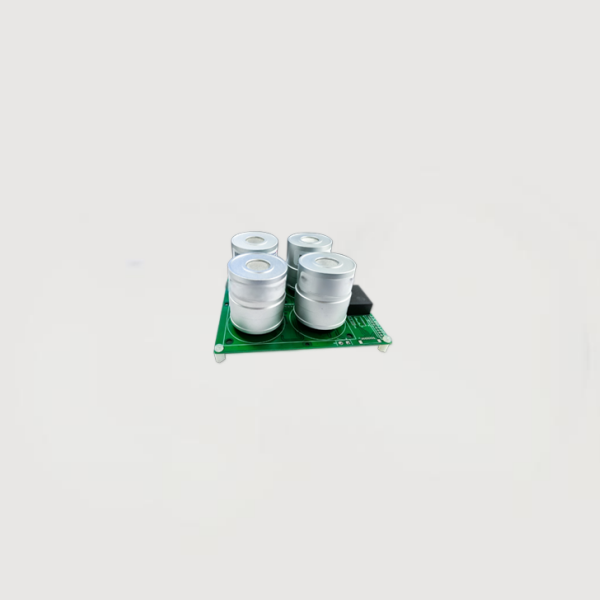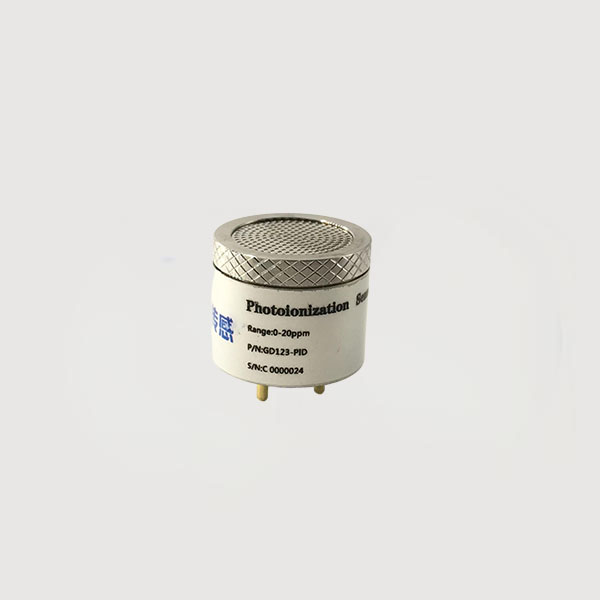

 News
News Industry News
Industry NewsWhat are online air quality monitoring stations?
An online air quality monitoring station, also known as an air station, performs targeted, continuous, or scheduled sampling, measurement, and analysis of pollutants in the atmosphere and air. To monitor air quality, several air quality monitoring stations are typically established in key environmental protection cities. These stations are equipped with multi-parameter automatic monitoring instruments for continuous and automated monitoring, storing and analyzing the results in real time to generate relevant data.
An air quality monitoring station is a fundamental platform for air quality control and assessment, serving as an essential component of urban air quality protection. It measures six common atmospheric parameters (PM2.5, PM10, O3, SO2, NO2, and CO) and five meteorological parameters (temperature, pressure, humidity, wind direction, and wind speed).

Air quality monitoring stations are categorized as standard stations, small stations, and micro stations.
Standard Station
A standard station can be considered a fundamental monitoring facility for air quality protection in a city or region, often referred to as an air quality station. This typically involves the state spending significant costs to centralize multiple nationally compliant monitoring instruments within a small building, based on standardized site selection principles. Monitoring methods adhere to national standards, and weekly maintenance by professional staff is required. Consequently, the costs of establishing and maintaining these stations are quite high. These are commonly referred to as national, provincial, or municipal monitoring sites.
Small station
Small and micro stations can be considered a supplement to standard stations. Cost-effectively, small or micro stations are significantly lower than standard stations, making them more practical for large-scale, detailed, or grid-based monitoring.
Small stations utilize two principles for atmospheric air quality monitoring: photochemical and sensor-based. Both types of small stations incorporate active sampling systems, quality control systems, flow control systems, and front-end dehumidification and temperature control. The overall hardware accuracy is comparable to that of atmospheric stations. Due to their higher accuracy, they are more suitable as tools for local management and internal environmental assessments. Data from small monitoring stations can be calibrated and traced, making their data quality more reliable than that of micro stations.
Micro station
Due to the vast geographical distribution and fixed monitoring methods, standard and mini-stations are unable to comprehensively monitor air quality in small areas. Furthermore, the high cost of standard and mini-stations makes grid-based monitoring difficult to implement. Consequently, grid-based micro-stations have emerged. These stations typically use diffusion or pumping methods for sampling, employing multi-sensor information fusion technology and incorporating internal calibration systems. Microstations emphasize trend analysis and early warning capabilities.

TX9340-PKEN04 atmospheric monitoring six indicators detection module

With economic development and the continuous improvement of people's living standards, environmental issues have become a matter of widespread concern to society. Environmental monitoring not only helps us understand the current state of the environment we depend on for survival, but also provides reliable technical guidance for addressing environmental issues and improving ecological conditions. Driven by the advancement of sensor technology, environmental monitoring technologies and equipment will continue to be optimized and improved to achieve more efficient and accurate monitoring of environmental indicators!